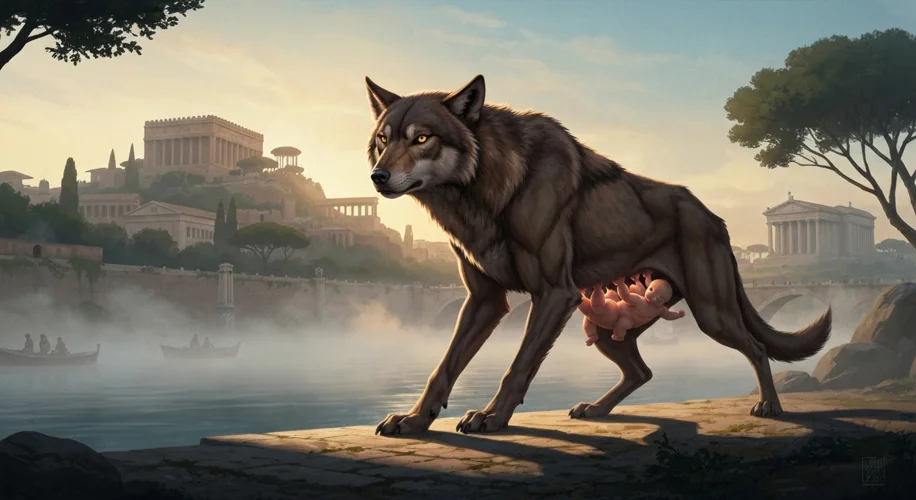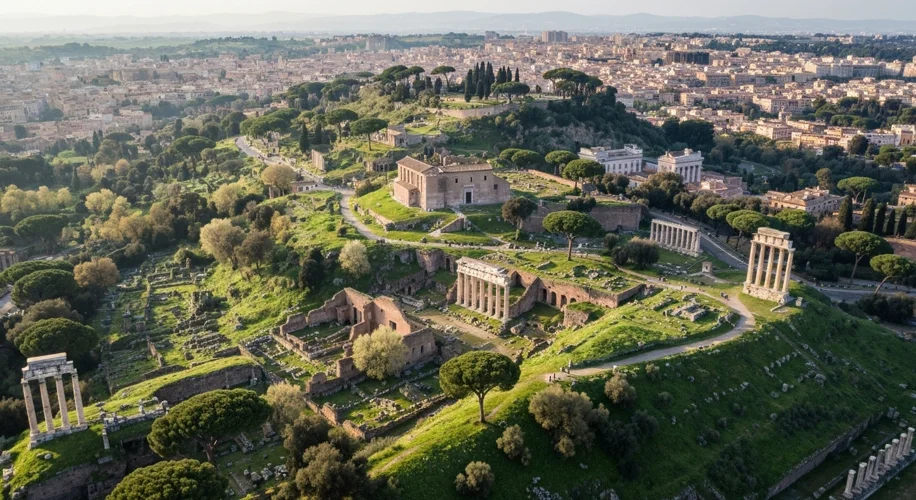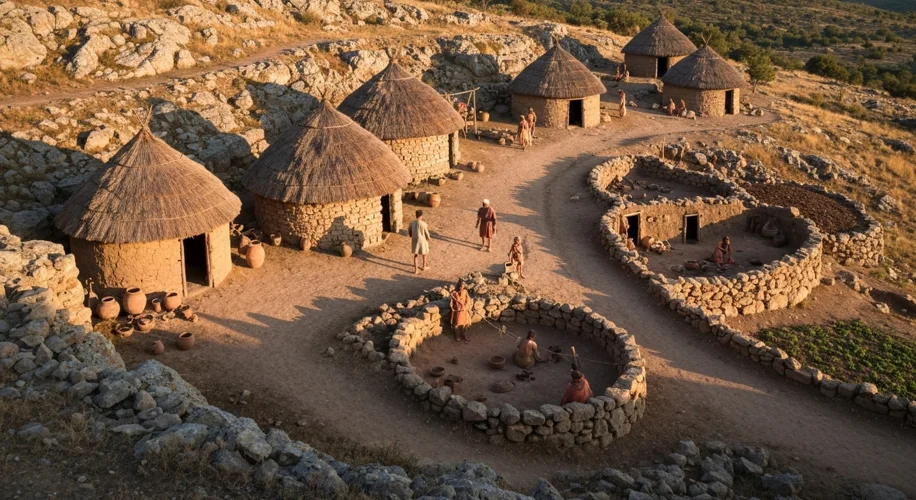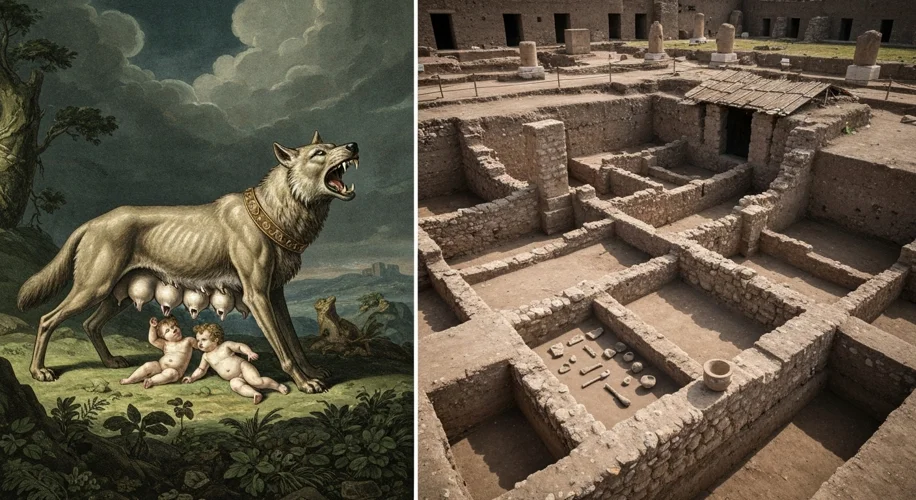Take a look at this in your mind: a desolate landscape, a she-wolf suckling two abandoned infants, a divine destiny waiting to unfold. This is the genesis of Rome, as told in the legendary tale of Romulus and Remus. Founded, according to tradition, on April 21, 753 BCE, the story is steeped in myth and magic, a narrative that has captivated hearts and minds for millennia. But what happens when we peel back the layers of legend and gaze upon the stony face of archaeological evidence?
The tale, as passed down through Roman historians like Livy and Virgil, speaks of twins, Romulus and Remus, sons of the war god Mars and the Vestal Virgin Rhea Silvia. Abandoned by their wicked uncle, King Amulius, they were cast into the Tiber River. Miraculously, their basket washed ashore, and they were discovered and suckled by a she-wolf. Later, they were found by a shepherd, Faustulus, who raised them. As adults, driven by a sense of justice and their noble lineage, they overthrew Amulius and decided to found a new city.
However, a dispute arose over where to build it and who should rule. Romulus favored the Palatine Hill, while Remus preferred the Aventine Hill. In their rivalry, Romulus killed Remus. Thus, the city was named Rome, after its sole founder, Romulus. This foundational myth served a crucial purpose: to imbue Rome with a divine heritage, linking its origins to the gods and highlighting its destiny as a powerful empire. It provided a sense of unity and identity for the Romans, a compelling origin story that resonated with their burgeoning pride and ambition.

But the reality on the ground, pieced together from archaeological digs, paints a different, more gradual picture. While the myth offers a dramatic, singular event, the archaeological record suggests a more organic and complex development. Evidence points to early settlements on the Palatine Hill dating back to the 10th century BCE, possibly even earlier. These were likely simple huts, inhabited by Latin-speaking peoples.
Over time, these scattered villages began to coalesce. The hills surrounding the Tiber – the Palatine, Aventine, Quirinal, Viminal, Esquiline, Caelian, and Capitoline – offered natural defenses and access to vital resources, including the river itself, a crucial artery for trade and communication. The convergence of these settlements, a process that likely spanned centuries rather than occurring overnight, gradually formed the nucleus of what would become Rome.
The historical context of this period, the early Iron Age, was one of migration and the formation of early states across Italy. The Latin people, who settled in Latium, the region around Rome, were part of this broader Indo-European expansion. They were farmers and herders, gradually developing more complex social structures and political organizations.
Key actors in the historical development, beyond the mythical Romulus, would have been early tribal leaders, chieftains, and perhaps early kings whose names are now lost to time or transmuted into legend. The Etruscans, a powerful civilization to the north, also played a significant role, influencing Rome culturally and politically, particularly during its early monarchical period. The traditional account of Rome’s seven kings, starting with Romulus and ending with the expulsion of Tarquinius Superbus, reflects this period of early state formation, even if the specifics are shrouded in legend.
So, how do we reconcile the vivid myth of Romulus and Remus with the slow, steady growth revealed by archaeology? The myth, while not historically factual in its literal telling, was a powerful tool. It provided a narrative anchor, a sacred origin that fostered a collective identity and a belief in Rome’s preordained greatness. It’s a testament to the human need for stories, for meaning, and for a sense of belonging rooted in a glorious past.

The early settlements were likely small, independent communities, possibly engaging in trade and occasional conflict with neighboring groups. The strategic location of the seven hills, overlooking a ford on the Tiber River, facilitated the growth of a settlement into a more significant center. The gradual merging of these villages, driven by shared defense needs, economic opportunities, and evolving social structures, is the archaeological reality of Rome’s birth.
The impact of this gradual formation was profound. It meant that Rome’s foundations were built not on a single, heroic act, but on the collective efforts and adaptations of generations. This process of integration and assimilation would become a hallmark of Roman civilization, as they absorbed and adapted elements from other cultures, most notably the Etruscans and Greeks.

Ultimately, the founding of Rome is a story of two narratives: the mythic, divine origin that shaped Roman identity and ambition, and the archaeological reality of gradual settlement and organic growth. Both are essential to understanding how this small collection of villages on the Tiber grew to dominate the Mediterranean world. The legend of Romulus and Remus, with its dramatic tale of divine parentage and fratricidal rivalry, provided the emotional and spiritual bedrock for the Eternal City, while the patient work of archaeologists reveals the more mundane, yet equally compelling, story of human endeavor and adaptation.
Tags: Founding Of Rome, Romulus And Remus, Roman Mythology, Ancient History
Categories: Ancient History, Historical Myths
Seo Title: The Founding of Rome: Myth vs. Reality
Seo Focus Keyphrase: Founding of Rome myth vs reality
Seo Meta Description: Explore the legendary founding of Rome by Romulus and Remus and contrast it with the archaeological evidence of early settlement.

